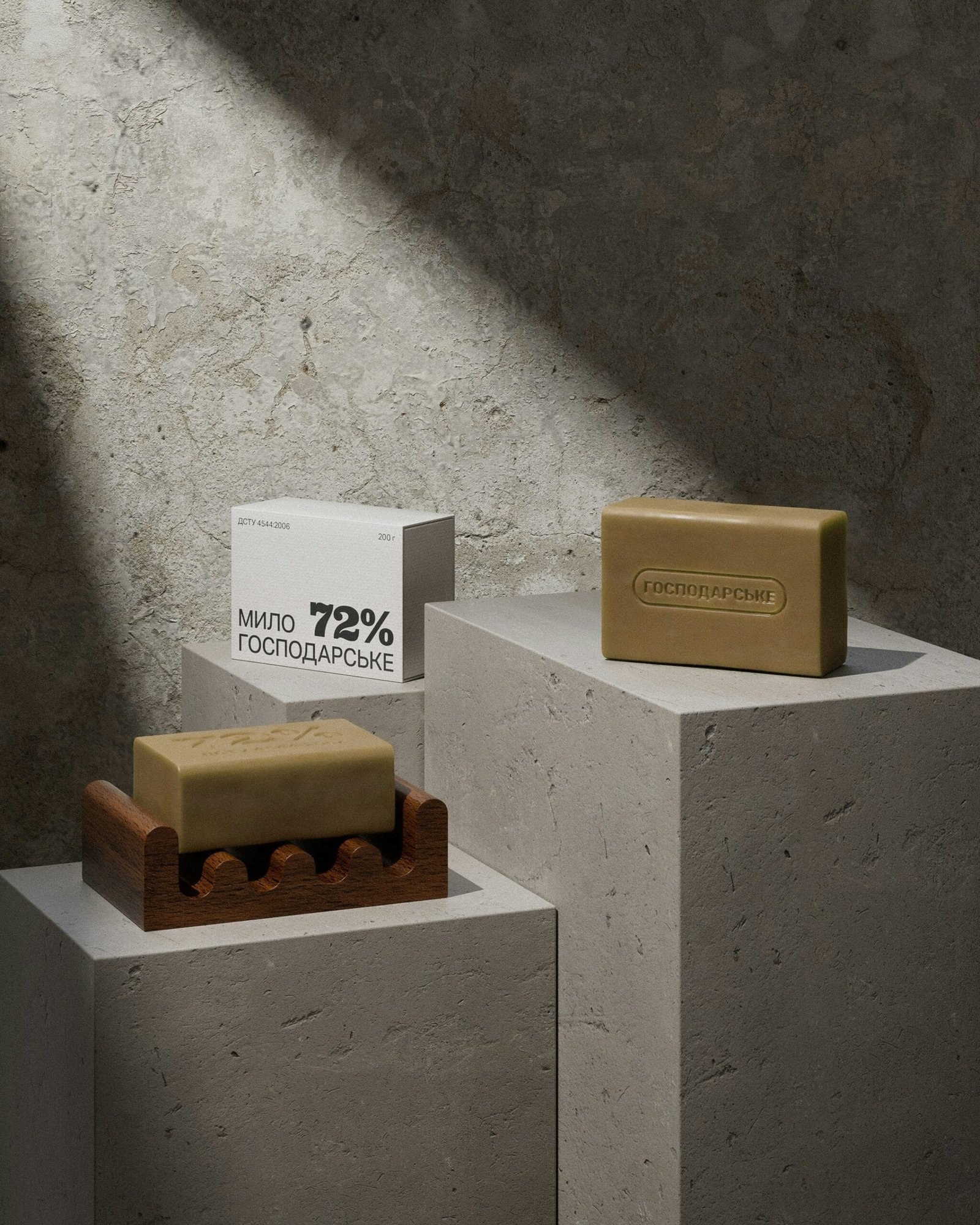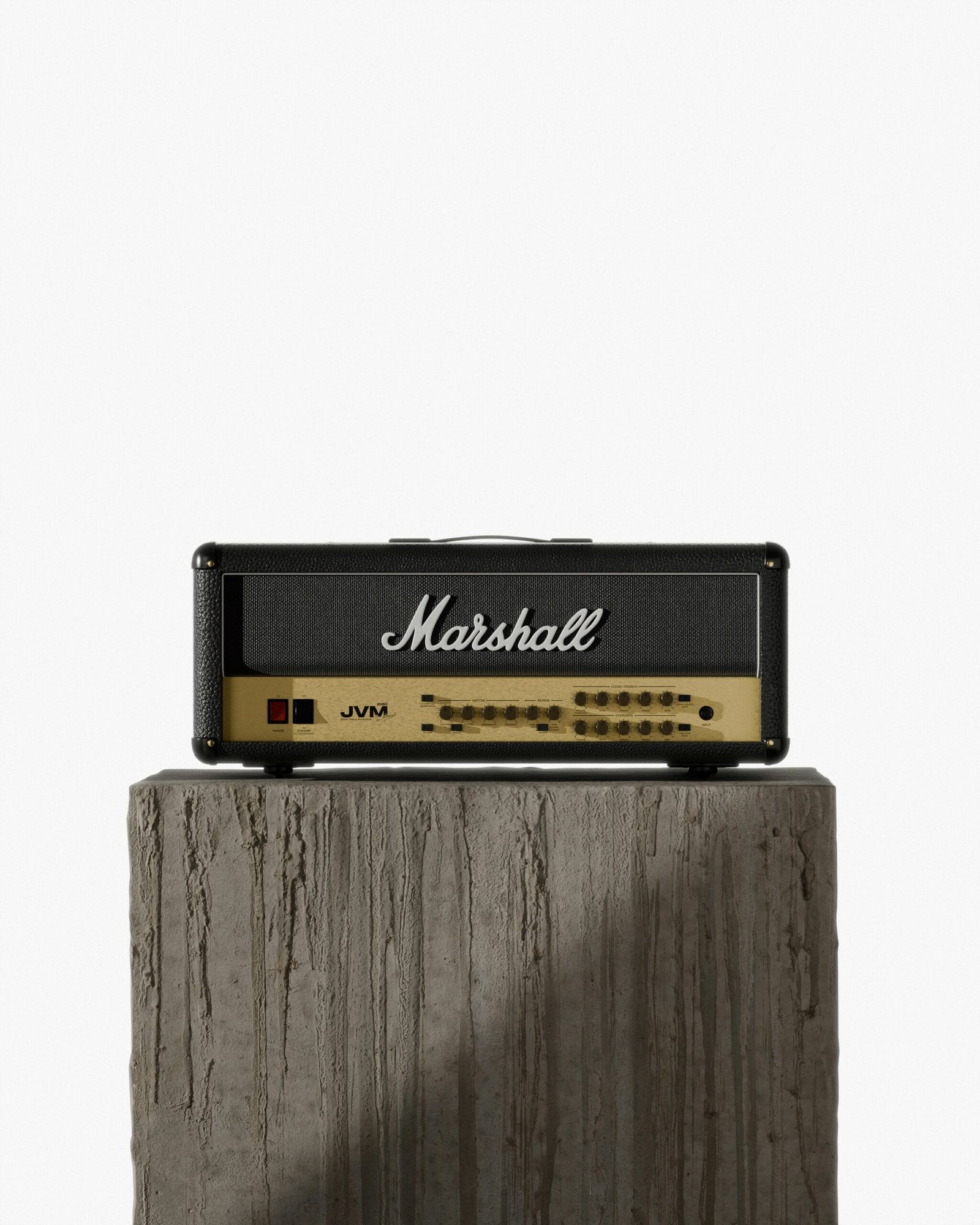Have you ever found yourself mesmerized by those stunning 3D images of products online? These lifelike visuals are not just a result of magic or chance; they’re the work of a skilled 3D Product Rendering Specialist. If you’ve ever wondered what this role entails, you’re in the right place. Let’s dive in and uncover the intricacies of being a 3D Product Rendering Specialist.
What is a 3D Product Rendering Specialist?
At the heart of visualizing a product in a digital space, a 3D Product Rendering Specialist crafts realistic images that mirror tangible objects. It’s a symphony of art and technology orchestrated to help brands and companies showcase their products in an attractive, two-dimensional context. From furniture and electronics to smaller consumer goods, these specialists breathe life into digital models, providing a representation that is barely indistinguishable from the real thing.
The Importance of 3D Rendering
In today’s digital marketplace, visuals are paramount. The ability to see a product from all angles, appreciate its texture, and get a real sense of its physical presence increases consumer trust. By harnessing the power of 3D rendering, companies can present their products in a way that photographs sometimes cannot, especially for prototypes or customizable goods.
The Skills Required
To be successful in this field, one doesn’t just need an eye for design but also technical prowess. Here’s what you typically need to master:
- Technical Sophistication: Proficiency in software like Autodesk 3ds Max, Blender, or Cinema 4D.
- Artistic Flair: A solid understanding of color theory, lighting, and textures.
- Attention to Detail: The ability to spot and address minute discrepancies.
- Communication Skills: Translating complex ideas into understandable concepts for clients and colleagues.
- Problem-solving Abilities: Handling unexpected challenges in design and execution gracefully.
Tools of the Trade
A maestro is only as good as their instruments, and the same holds for a 3D Product Rendering Specialist. Here’s a peek into their toolbox:
| Software Program | Purpose |
|---|---|
| Autodesk 3ds Max | Industry standard for modeling and rendering. |
| Blender | Open-source software for 3D modeling and animation. |
| Cinema 4D | Known for its intuitive interface and powerful tools. |
| V-Ray | A rendering engine that integrates with other 3D programs. |
| SketchUp | Ideal for fast and easy 3D modeling. |
Understanding and mastering these tools is crucial for creating masterpieces that captivate audiences.
The Process of 3D Product Rendering
Conceptualization
The journey begins with a deep dive into the product’s essence. This involves understanding the product’s purpose, its intended demographic, and how it fits into the market. This step might also include creating mood boards and sketches to solidify initial ideas.
3D Modeling
Here, a digital sculpture of the product is created using specialized software. This stage requires precision and creativity, as the specialist molds the virtual product to match its real-life counterpart.
Texturing and Lighting
Once the model is ready, it needs the right lighting and textures to appear lifelike. Texturing involves giving the model surface details—be it smooth, rugged, glossy, or matte. Lighting adds depth, ensuring the product looks natural and appealing.
Rendering
This is where it all comes together. Rendering involves compiling the textured model with lighting setups to produce the final image or animation. This step is computationally intensive, often requiring powerful hardware or cloud-based solutions to expedite the process.
Post-Production
Even after rendering, there’s an opportunity to refine the images further. Using graphic design software like Adobe Photoshop, specialists can tweak colors, enhance details, and ensure the final product image is flawless.

The Role of a 3D Product Rendering Specialist in Various Industries
E-commerce
Sales are driven by visuals. E-commerce platforms thrive on providing potential buyers with a realistic representation of their products. That’s where 3D rendering comes into play. It’s more than just displaying a product—it’s about enticing a customer with an experience.
Real Estate
Imagine walking through a property that hasn’t been built yet. A specialist can create immersive tours and images of architectural projects, allowing potential buyers or renters to visualize future spaces conveniently.
Video Games and Animation
The gaming industry demands high-quality, immersive experiences which rely heavily on 3D models and animations. Rendering specialists provide the vital assets that form the backbone of these virtual worlds.
Advertising
Advertisements often push the limits of creativity. A rendering specialist plays a pivotal role in creating compelling visuals that might not yet exist physically, pushing the imagination boundaries.
Product Development
Before a product hits the market, it might go through several iterations. With 3D rendering, companies can visualize changes, test designs, and make data-driven adjustments before creating costly prototypes.
Challenges Faced by 3D Product Rendering Specialists
Every rose has its thorns, and similarly, this role comes with its own set of challenges:
- Software Expertise: New tools and upgrades are constant. Keeping up requires time and dedication.
- Client Expectations: Bridging the gap between a client’s vision and the practical reality can be complex.
- Rendering Time: This can be extensive, necessitating efficient management to meet deadlines.
- Hardware Limitations: Not everyone has access to powerful computing systems, which can hinder project timelines.

Future of 3D Product Rendering
The future looks bright for 3D Product Rendering Specialists. With advances in technology such as augmented reality (AR), virtual reality (VR), and artificial intelligence (AI), the demand for intricate and realistic renders is only set to increase. Imagine trying on clothes virtually or test-driving a car without leaving your home. The potential is immense.
Virtual Reality and Augmented Reality
Both VR and AR open new realms for specialists. Picture a consumer exploring a virtual showroom or interacting with a product from their living room. These innovations necessitate detailed and dynamic 3D models.
Increasing Importance of Sustainability
With growing emphasis on sustainability, digital prototypes can significantly reduce waste. Companies can refine their products virtually, reducing the need for multiple physical prototypes.
Remote Work and Collaboration
As the world leans more towards online collaborative environments, the ability to work with teams worldwide—enabled by shared 3D models in the cloud—is crucial. This flexibility is shaping the future work landscape for specialists.
How to Become a 3D Product Rendering Specialist
If this journey intrigues you, here’s a roadmap to becoming a 3D Product Rendering Specialist:
Education
While a formal degree isn’t mandatory, a background in graphic design, computer science, or related fields can provide a strong foundation. Some also choose specialized courses in 3D modeling and animation.
Building a Portfolio
Your portfolio is your passport. Create diverse pieces that showcase different skills, styles, and complexity levels. This body of work will help you stand out to potential clients or employers.
Continuous Learning
3D rendering is a dynamic field. Staying updated with the latest software, trends, and techniques is vital. Regularly engage with communities, forums, or workshops to keep your skills sharp.
Networking
Build relationships with other professionals in the field. Attend conferences, participate in online forums, and engage with communities on platforms like LinkedIn to increase your contacts and opportunities.
Gaining Experience
Start with internships, freelance projects, or junior roles to gain hands-on experience. This practical exposure helps hone your skills and enhances your portfolio.

Conclusion
A career as a 3D Product Rendering Specialist combines artistry with technical acumen, providing an ever-evolving landscape of creative opportunities. Whether crafting striking visuals for products in eCommerce, designing futuristic architectural plans, or contributing to the next blockbuster video game, the possibilities are endless. Embrace the challenges, relish in the creativity, and be part of a field that’s reshaping the way we perceive the digital world.

